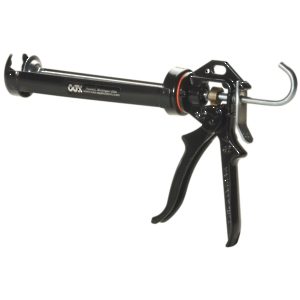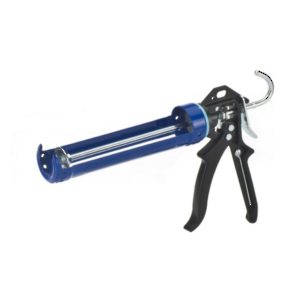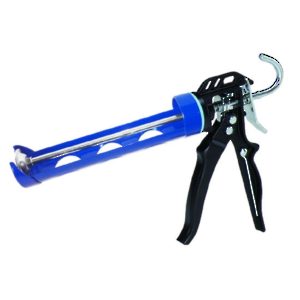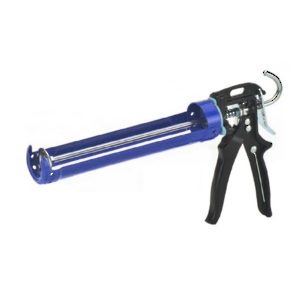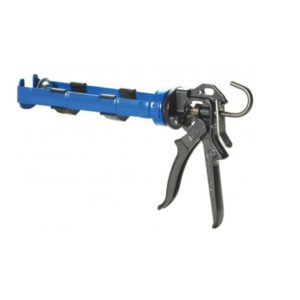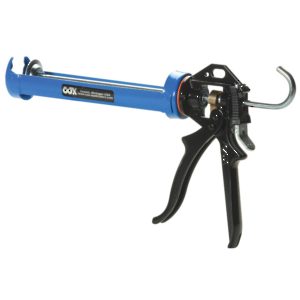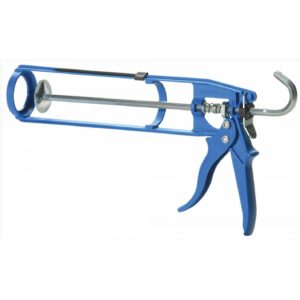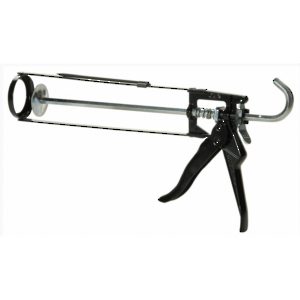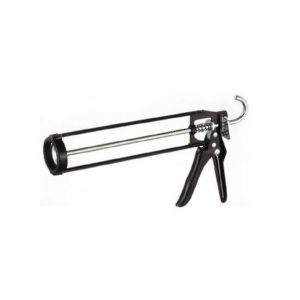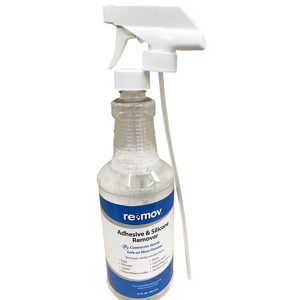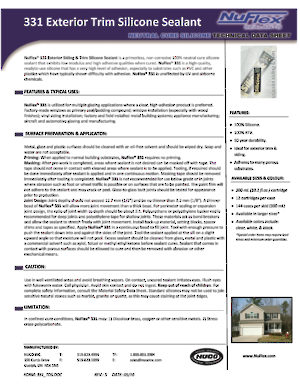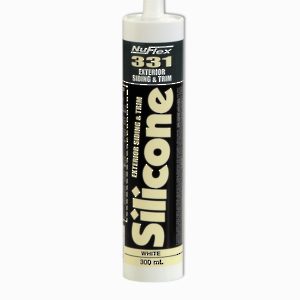Technical data sheet
NuFlex® 331 Silicone Sealant
Product # 943310111
For Exterior Siding and Trim
NuFlex® 331 Exterior Siding and Trim Silicone Sealant is a primerless, non-corrosive, 100% neutral cure silicone sealant that exhibits low modulus and high adhesive qualities when cured. It is a high-quality, ready-to-use silicone with a very high level of adhesion, especially to substrates such as PVC and other plastics which have typically shown difficulty with adhesion.
ADVANTAGES AND BENEFITS
- 100% Silicone
- 100% RTV
- 50-year durability
- Ideal for exterior trim and siding
- Adheres to many porous substrates
- 100% RTV
- 50-year durability
- Ideal for exterior trim and siding
- Adheres to many porous substrates
TECHNICAL SPECIFICATIONS
Product #
943310111
Brand
Nuco
Finish/Color
Clear Transparent
Base
100% RTV Silicone
Optimal Adherence to
Vinyl, Plastic, Aluminum
Features
Heavy-Duty, Neutral Cure, Superior Bond
Tack-Free / Skin Over Time
20 minutes
Tooling Time
5 minutes
Packaging Specifications
Plastic Cartridge
VOC Concentration (EPA Method 24)
26 grams per liter
Recommended Use
Exterior, Aluminum Windows, Wood Windows, Exterior Trim and Siding, Vinyl/PVC Windows, Automotive
Volume
300 ml
Standards and Certifications
ASTM C920, CAN/CGSB-19.13-M87
SUGGESTED PRODUCTS
- Applicator Guns for Sealant, Caulking, and Glue Cartridges
- Skeleton Applicator Guns for Sealant Cartridge, Caulking, and Glue
- Lacquer
APPLICATION
NuFlex® 331 is used for multiple glazing applications where a clear, high adhesion product is preferred.
- Factory made windows as primary seal/bedding compound; window installation (especially with wood finishes).
- Vinyl siding installation.
- Factory and field-installed metal building systems.
- Appliance manufacturing.
- Aircraft and automotive glazing and manufacturing.
- For application on painted, dyed or varnished surfaces - test to ensure compatibility.
- Factory made windows as primary seal/bedding compound; window installation (especially with wood finishes).
- Vinyl siding installation.
- Factory and field-installed metal building systems.
- Appliance manufacturing.
- Aircraft and automotive glazing and manufacturing.
- For application on painted, dyed or varnished surfaces - test to ensure compatibility.
IMPORTANT INFORMATION
CAUTION:
Use in well ventilated areas and avoid breathing vapors. On contact, uncured sealant irritates eyes. Flush eyes with lukewarm water. Call physician. Avoid skin contact and do not ingest. Keep out of reach of children. For complete safety information, consult the Material Safety Data Sheet.
LIMITATION:
In confined cure conditions, NuFlex® 331 may: 1) Discolour brass, copper or other sensitive metals. 2) Stress craze polycarbonate.
- SHELF LIFE & STORAGE:
Shelf life is 12 months from date of shipment from our plant when stored in a clean, dry area with temps between 4°C to 32°C (40°F to 90°F).
Metal, glass and plastic surfaces should be cleaned with an oil- free solvent and should be wiped dry. Soap and water are not acceptable.
Priming:
When applied to normal building substrates, NuFlex® 331 requires no priming.
Masking:
After pre work is completed, areas where sealant is not desired can be masked off with tape. The tape should not come in contact with cleaned areas where sealant is to be applied. Tooling, if required should be done immediately after sealant is applied and in one continuous motion. Masking tape should be removed immediately after tooling is completed. NuFlex® 331 is not recommended for use below grade or in joints where abrasion such as foot or wheel traffic is possible or on surfaces that are to be painted. The paint film will not adhere to the sealant and may crack or peel. Glass to glass butt joints should be tested for appearance prior to production.
Joint Design:
Joint depths should not exceed 12.7 mm (1/2 ) and be no thinner than 3.2 mm (1/8 ). A thinner bead of NuFlex® 331 will allow more joint movement than a thick bead. For perimeter sealing or expansion joint design, the ratio of joint width to depth should be about 2:1. Polyurethane or polyethylene backer rod is recommended for deep joints and polyethylene tape for shallow joints. These materials act as bond breakers and allow the sealant to stretch freely with joint movement. Install back up material, setting blocks, spacer shims and tapes as specified. Apply NuFlex® 331 in a continuous bead to fill joint. Tool with enough pressure to push the sealant down into and against the sides of the joint. Tool the sealant applied at the sill on a slight upward angle so that moisture will not pool. Excess sealant should be cleaned from glass, metal and plastic with a commercial solvent such as xylol, toluol or methyl ethyl ketone before sealant cures. Sealant that comes in contact with porous surfaces should be allowed to cure and then be removed with abrasion or other mechanical means.
Use in well ventilated areas and avoid breathing vapors. On contact, uncured sealant irritates eyes. Flush eyes with lukewarm water. Call physician. Avoid skin contact and do not ingest. Keep out of reach of children. For complete safety information, consult the Material Safety Data Sheet.
LIMITATION:
In confined cure conditions, NuFlex® 331 may: 1) Discolour brass, copper or other sensitive metals. 2) Stress craze polycarbonate.
- SHELF LIFE & STORAGE:
Shelf life is 12 months from date of shipment from our plant when stored in a clean, dry area with temps between 4°C to 32°C (40°F to 90°F).
Metal, glass and plastic surfaces should be cleaned with an oil- free solvent and should be wiped dry. Soap and water are not acceptable.
Priming:
When applied to normal building substrates, NuFlex® 331 requires no priming.
Masking:
After pre work is completed, areas where sealant is not desired can be masked off with tape. The tape should not come in contact with cleaned areas where sealant is to be applied. Tooling, if required should be done immediately after sealant is applied and in one continuous motion. Masking tape should be removed immediately after tooling is completed. NuFlex® 331 is not recommended for use below grade or in joints where abrasion such as foot or wheel traffic is possible or on surfaces that are to be painted. The paint film will not adhere to the sealant and may crack or peel. Glass to glass butt joints should be tested for appearance prior to production.
Joint Design:
Joint depths should not exceed 12.7 mm (1/2 ) and be no thinner than 3.2 mm (1/8 ). A thinner bead of NuFlex® 331 will allow more joint movement than a thick bead. For perimeter sealing or expansion joint design, the ratio of joint width to depth should be about 2:1. Polyurethane or polyethylene backer rod is recommended for deep joints and polyethylene tape for shallow joints. These materials act as bond breakers and allow the sealant to stretch freely with joint movement. Install back up material, setting blocks, spacer shims and tapes as specified. Apply NuFlex® 331 in a continuous bead to fill joint. Tool with enough pressure to push the sealant down into and against the sides of the joint. Tool the sealant applied at the sill on a slight upward angle so that moisture will not pool. Excess sealant should be cleaned from glass, metal and plastic with a commercial solvent such as xylol, toluol or methyl ethyl ketone before sealant cures. Sealant that comes in contact with porous surfaces should be allowed to cure and then be removed with abrasion or other mechanical means.
DISCLAIMER
The data and information provided are BASED ON INFORMATION THAT WE BELIEVE TO BE RELIABLE. Please read all instructions, recommendations and suggestions contained in this document and refer to the SALES TERMS that apply to all products that we provide. We do not accept responsibility for the use of these instructions, recommendations or suggestions and do not recommend them for any use that would violate any patent or copyright.



